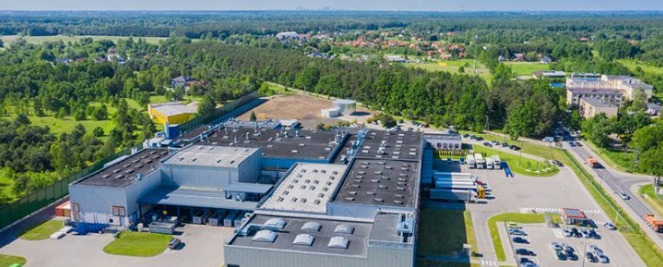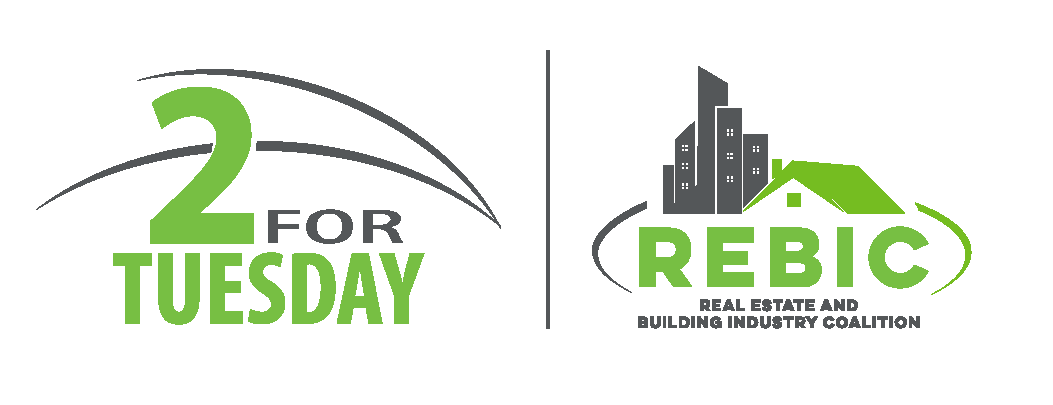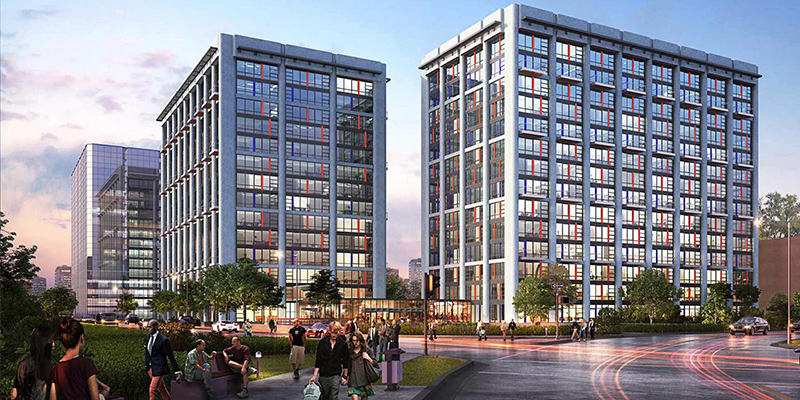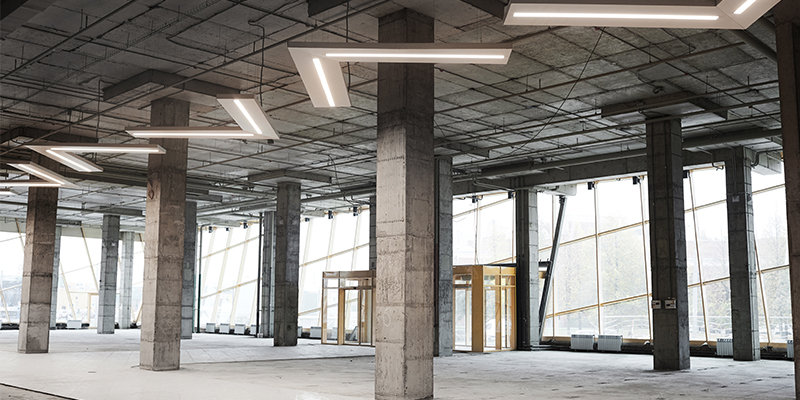By Linda Strowbridge
Growing convergence between the retail and distribution sectors could have profound impacts on the commercial real estate industry. As retail and industrial clients adjust to shifts in consumer behavior and the overall economy, CRE professionals will be challenged to change their thinking about how to truly serve their clients. That challenge, however, could also produce innovative real estate products and new opportunities. That’s according to Dustin C. Read, Ph.D./J.D., author of the NAIOP Research Foundation report, “New Places and New Spaces for E-commerce Distribution: Three Strategies Bringing Industrial and Retail Real Estate Closer Together.”
What was the most interesting or significant discovery you made while researching the paper?
Read: It was probably that some of the most important phenomena related to the convergence of industrial and retail real estate were the ones that received the least attention. In the popular press, there has been lots of discussion of the conversion of obsolete retail buildings into distribution facilities. When you really drill down – even though there have been hundreds of articles written on that topic – the number of [these retail-to-distribution conversion] projects that have been successful in the U.S. is relatively small. I was surprised to see when you really start pulling back layers of the onion, there is more talk about it than there is actual execution of those types of projects.
The amalgamation of all the obstacles a developer must overcome to do one of these projects successfully is significant. The project has to be acquired at a relatively low purchase price and have the right access to infrastructure. It must be in a market that has good industrial characteristics and an area where the municipality has given up on the site as a viable retail location and is willing to rezone it for potential distribution. When all those things come together at the same time, there are opportunities for conversion. But often, they don’t all come together.
























 VIEW
VIEW